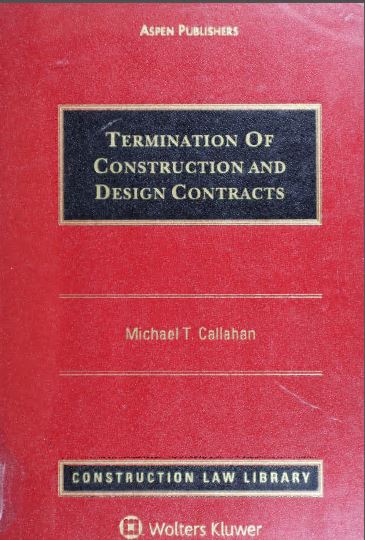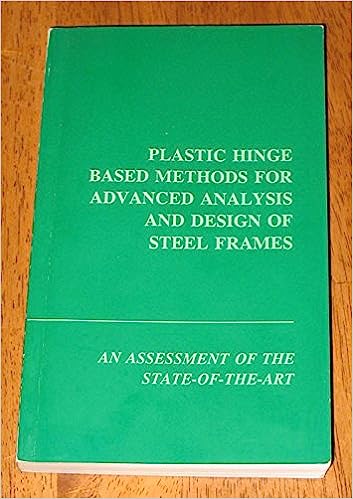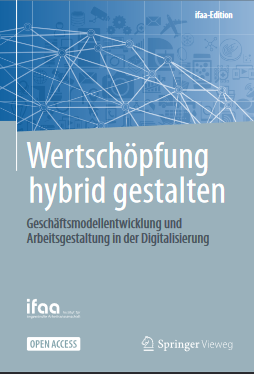موضوعات
آموزش و پرورش
ادبیات و زبان
پزشکی، دندانپزشکی و داروسازی
تاریخ و جغرافیا
داستان و رمان
دیگر
دین و فلسفه
روانشناسی
ریاضیات و آمار
سلامتی، تناسب اندام و رژیم غذایی
شیمی و پلیمر
علوم اجتماعی و حقوق
علوم زیستی و بیوتکنولوژی
فیزیک و نجوم
کامپیوتر و اینترنت
کتابهای کودکان و داستان
کسب و کار و اقتصاد
کشاورزی و دامپزشکی و غذا
معماری
مهندسی و فناوری
هنر و تئاتر
محصولات
Understanding gut microbiomes as targets for improving pig gut health (Burleigh Dodds Series in Agricultural Science, 103)[2022] - Original PDF
نویسندگان: خلاصه: Understanding gut microbiomes as targets for improving pig gut health (Burleigh Dodds Series in Agricultural Science, 103) by Prof. Mick Bailey (Editor, Contributor), Emeritus Professor Chris Stokes (Editor, Contributor), Dr Laura Peachey (Contributor), Dr Sarah Lambton (Contributor), Dr Weilan Wang (Contributor), Dr Tingting Ju (Contributor), Prof Michael Gänzle (Contributor), Dr James T. Cullen (Contributor), Dr Peadar Lawlor (Contributor), Dr Gillian E. Gardiner (Contributor), Dr Thomas C. A. Hitch (Contributor), Dr David Wylensek (Contributor), Dr Jürgen Harlizius (Contributor), Prof Tom Clavel (Contributor), Dr Chunlong Mu (Contributor), Prof Weiyun Zhu (Contributor), Dr Marion Borey (Contributor), Dr Jordi Estelle (Contributor), Dr Claire Rogel-Gaillard (Contributor), Dr Barbara U. Metzler-Zebeli (Contributor), Dr Barbara A. Williams (Contributor), Dr Michael J. Gidley (Contributor), Dr David Torrallardona (Contributor), Dr Joan Tarradas (Contributor), Dr Núria Tous (Contributor), Charlotte Lauridsen (Contributor), Dr Ole Højberg (Contributor), Dr Nuria Canibe (Contributor), Dr P. Bosi (Contributor), Dr D. Luise (Contributor), Dr P. Trevisi (Contributor), Dr Kim C. M. Lammers-Jannink (Contributor), Dr Stefanía Magnúsdóttir (Contributor), Dr Wilbert F. Pellikaan (Contributor), John R. Pluske (Contributor), Dr Walter J. J. Gerrits (Contributor)Wertschöpfung hybrid gestalten Geschäftsmodellentwicklung und Arbeitsgestaltung in der Digitalisierung - Original PDF
نویسندگان: خلاصه: V Vorwort Die fortschreitende vernetzte und intelligente Digitalisierung verändert bestehende Möglichkeiten und eröffnet neue Chancen, um Daten in Unternehmen wertschöpfend zu nutzen. Die daraus entstehenden Informationen können dazu beitragen, Kundinnen und Kunden innovative, datenbasierte Dienstleistungen zu bieten. Diese sogenannten Smart Services sind eine zusätzliche, hybride Wertschöpfung und helfen bspw. bei der Prozess- optimierung, Ressourceneinsparung und Planungseffizienz. In dem vom Bundesministerium für Bildung und Forschung geförderten Projekt „AnGeWaNt – Arbeit an geeichten Waagen für hybride Wiegeleistungen an Nutz- fahrzeugen“ wurde die Entwicklung und Gestaltung hybrider Wertschöpfung durch ein breites Konsortium aus Wissenschaft und Wirtschaft erforscht. Von 2019 bis 2022 wurden drei Anwendungsbetriebe bei der Entwicklung und Pilotierung hybrider Geschäftsmodelle unterstützt. Hybridisierung erfordert Digitalisierung und geht einher mit Veränderungen in der Arbeitsgestaltung in den Betrieben. Insbesondere Prozesse und organisatorische Strukturen können sich durch die Hybridisierung verändern, sodass überprüft werden sollte, ob derzeitige Führungsleitlinien sowie Zusammenarbeit und Kompetenzen zukunftsfähig sind. Darauf aufbauend dient eine ganzheitliche, sozio- technische Gestaltung, bei der die Bedarfe von Führungskräften und Beschäftigten sowie die Rahmenbedingungen des Betriebs berücksichtigt werden, als Basis für die erfolg- reiche Implementierung hybrider Geschäftsmodelle. Diese Buchpublikation soll Unternehmen und weiteren Institutionen die Vorgehens- weise zur Entwicklung von hybriden Geschäftsmodellen sowie ihrer Umsetzung im Betrieb aufzeigen. Eine soziotechnische Gestaltung hybrider Wertschöpfung sowie ein geeigneter Umgang mit Veränderungen, welche durch Digitalisierung und Hybridisierung entstehen, werden aufgezeigt. Die in diesem Werk vorgestellten Inhalte und Ergebnisse basieren auf den im Projekt AnGeWaNt gesammelten Erfahrungen und liefern Ihnen Hinweise und Methoden, mit denen eine Entwicklung, Umsetzung und Gestaltung hybrider Geschäftsmodelle unterstützt wiThe Language of God: A Scientist Presents Evidence for Belief - Epub + Converted PDF
نویسندگان: خلاصه: An instant bestseller from Templeton Prize–winning author Francis S. Collins, The Language of God provides the best argument for the integration of faith and logic since C.S. Lewis’s Mere Christianity. It has long been believed that science and faith cannot mingle. Faith rejects the rational, while science restricts us to a life with no meaning beyond the physical. It is an irreconcilable war between two polar-opposite ways of thinking and living. Written for believers, agnostics, and atheists alike, The Language of God provides a testament to the power of faith in the midst of suffering without faltering from its logical stride. Readers will be inspired by Collin’s personal story of struggling with doubt, as well as the many revelations of the wonder of God’s creation that will forever shape the way they view the world around them.آیا کتاب مورد نظر هنوز بر روی سایت قرار نگرفته است؟ جای نگرانی نیست! کافی است بر روی گزینه سفارش کتاب کلیک کرده و درخواست خود را ثبت کنید. در کمتر از چند ساعت کتاب شما را آماده خواهیم کرد.



![Freedom from Violence and Lies: Anton Chekhov’s Life and Writings[2021] - Original PDF](https://dl.libsan.ir/images/1/12/7_647ecfbd3f72c.jpg)
![Foundations of Applied Mathematics[2013] - Original PDF](https://dl.libsan.ir/images/1/12/6_647ecf222bf3e.jpg)


![Understanding gut microbiomes as targets for improving pig gut health (Burleigh Dodds Series in Agricultural Science, 103)[2022] - Original PDF](https://dl.libsan.ir/images/1/12/23_646a6e2a3fb6d.jpg)

